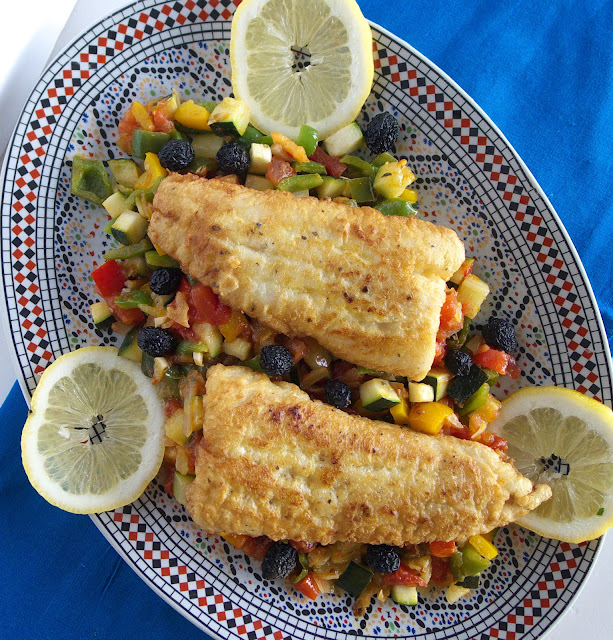The sound and rhythm of flamenco music have been the soundtrack of my life in Spain. But, in truth, it’s an art I never got to know very well. I can’t even do palmas, the rhythmic hand clapping that accompanies flamenco. Anything I ever knew about flamenco I learned from a book, The Art of Flamenco, by Donn Pohren.
Thanks to a posting by a Facebook friend, I learned that that book, published in 1962, is marking its 60th anniversary. Though written by an American, the book remains a respected study of this art form. (More about The Art of Flamenco here.) Donn Pohren also had a flamenco center in Morón de la Frontera (Sevilla), where serious aficionados were forged.
The one time I met Donn, we talked, not about flamenco, but about potaje. As someone who delved deeply into folk culture, he also explored culinary lore and, in 1972—50 years ago!—published Adventures in Taste: The Wines and Folk Food of Spain.
As I said, flamenco has been a constant background to life in Spain. In the bars, I remember, singing would spontaneously burst forth. In the narrow village streets where radios tuned to the same station created a sort of quadraphonic sound, flamenco music played all day. At fiestas guitarist and singer kept the rhythms going for hours.
The most exciting juerga (flamenco performance) I ever experienced was at a venta in San Fernando (Cádiz). Wine flowed (Sherry, of course), spirits rose and tapas appeared. It was nearly midnight before the music and dancing began. There was no stage. Guitarists, singers and dancers simply sat on chairs at one end of the room. A few strums, the sound of staccato clapping, a voice rising over the guitar, then a dancer stood and began moving to the complicated flamenco rhythms. The juerga went on until the early hours of the morning, building in intensity, until the whole place seemed to crackle with electricity.
Papas aliñás, potato salad, was one of the tapas served at that night of flamenco. It’s a dish famous in all of Cádiz, from Jerez to El Puerto, from San Fernando to Tarifa. It’s also a favorite in tapa bars of Sevilla.
It was in Sevilla tapa bars that I learned the secret to great papas aliñás (the name is Andaluz-speak for patatas aliñadas, or “potatoes with dressing”): make a fresh batch every day and never, ever, put the potatoes in the fridge.
The other secret is that you need a lot more olive oil than you think. Use your best extra virgin oil because the flavor really matters.
 |
| The basic: cooked potatoes dressed with extra virgin olive oil, vinegar, salt and parsley. Marinate the potatoes at room temperature. Add even more oil before serving so that the potatoes glisten. |
 |
| Is this the perfect side dish for your Memorial Day picnic or backyard grill? |
 |
| Serve the potato salad as tapa, starter or side. It's perfect with burgers or brats. |
 |
| Basic dressed potatoes (room temperature) are a great side with salmon fillet. Add a few capers. (The salmon pictured was cooked on a ridged grill pan.) |
Flamenco Potato Salad (Potatoes with Olive Oil Dressing)
Papas Aliñás (Patatas Aliñadas)
Use new potatoes for this recipe. “New” doesn’t mean tiny ones, but potatoes that have been recently harvested. Mature potatoes, the kind you want for baking, would disintegrate too easily and waxy potato varieties don’t absorb the dressing very well. The potatoes, large or small, should be of uniform size, so they all cook in the same time. Cook them, unpeeled, in boiling salted water.
Peel and cut up the potatoes while they are still warm. Add the salt and vinegar first, then the oil. Allow the potatoes to marinate at room temperature at least an hour before serving.
Use “new” onions, too, cebolletas—spring onions, green onions or scallions. Any onion that makes you cry is too strong.
Following is the basic, traditional recipe for papas aliñadas. You can get creative, if you like—mint instead of parsley, caviar instead of hard-boiled egg, capers in place of olives, grilled tuna instead of canned.
2 pounds new potatoes
Salt
2 tablespoons Sherry vinegar
½ cup extra virgin olive oil + more for drizzling on top
1 tablespoon chopped parsley
Additions to the potatoes:
Spring onions or scallions, chopped or slivered
Olives
Canned tuna, bonito or melva (frigate mackerel)
Hard-boiled egg, quartered or chopped
Chopped green pepper
Cherry tomatoes
Put the whole, unpeeled potatoes to cook in boiling, salted water until tender when pierced with a skewer, 20 to 30 minutes, depending on size. Drain the potatoes and rinse in cold water.
As soon as the potatoes are cool enough to handle, peel them. Cut into chunks or thick slices and place in a shallow bowl or spread on a platter. Sprinkle the potatoes with 1 teaspoon salt, the vinegar and ½ cup of the oil. Add the parsley and very gently turn the potatoes so the dressing is distributed throughout.
Cover with plastic wrap and leave at room temperature until cooled, at least one hour and up to six hours.
Immediately before serving, sprinkle with some or all of the additions--onions, olives, chunks of tuna, quartered eggs, chopped green pepper and tomatoes. Drizzle more olive oil on the potatoes. Serve room temperature.
Refrigerate leftovers. Bring the potatoes to room temperature before serving.
More potato salads:





































